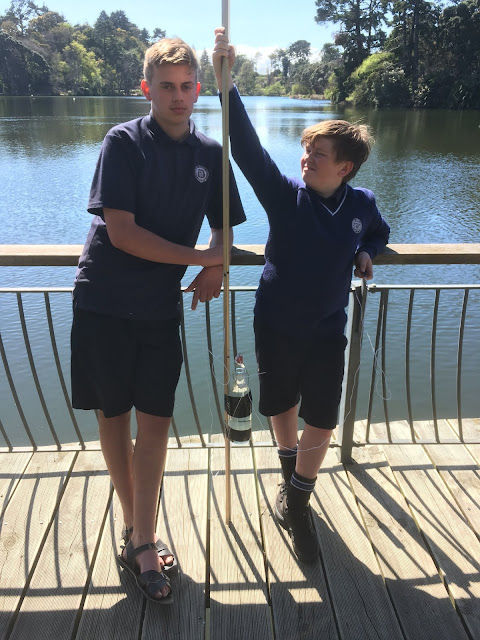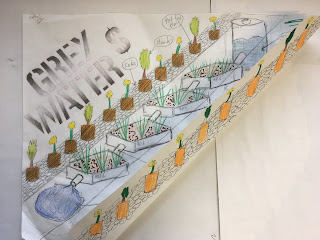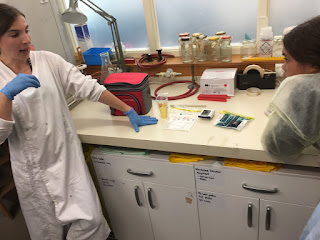Tracking water quality at Rotokawau / Virginia lake, Whanganui, New Zealand

Rotokawau / Virginia lake This headline, taken from the Whanganui Chronicle a few years ago, should serve to remind us that we are now entering the algal bloom season in Rotokawau / Virginia lake, Whanganui. Algal blooms are one of the major effects of a natural lake process called eutrophication and they appear to occur in Rotokawau / Virginia lake any time from spring through to late autumn . Eutrophication is caused by a build up of excessive amounts of nutrients in lake water and this leads to a proliferation of algal blooms that are sometimes toxic, but which eventually die and decay leaving a lake depleted in oxygen and unable to support much life. Although eutrophication occurs naturally, it is exacerbated by human activity such as increased nutrient flows that result from surrounding fertiliser use and sewage discharge, and from animal excrement and the removal of natural plant buffer zones around the lake edge. Nitrogen (N), needed to build proteins and phospho





